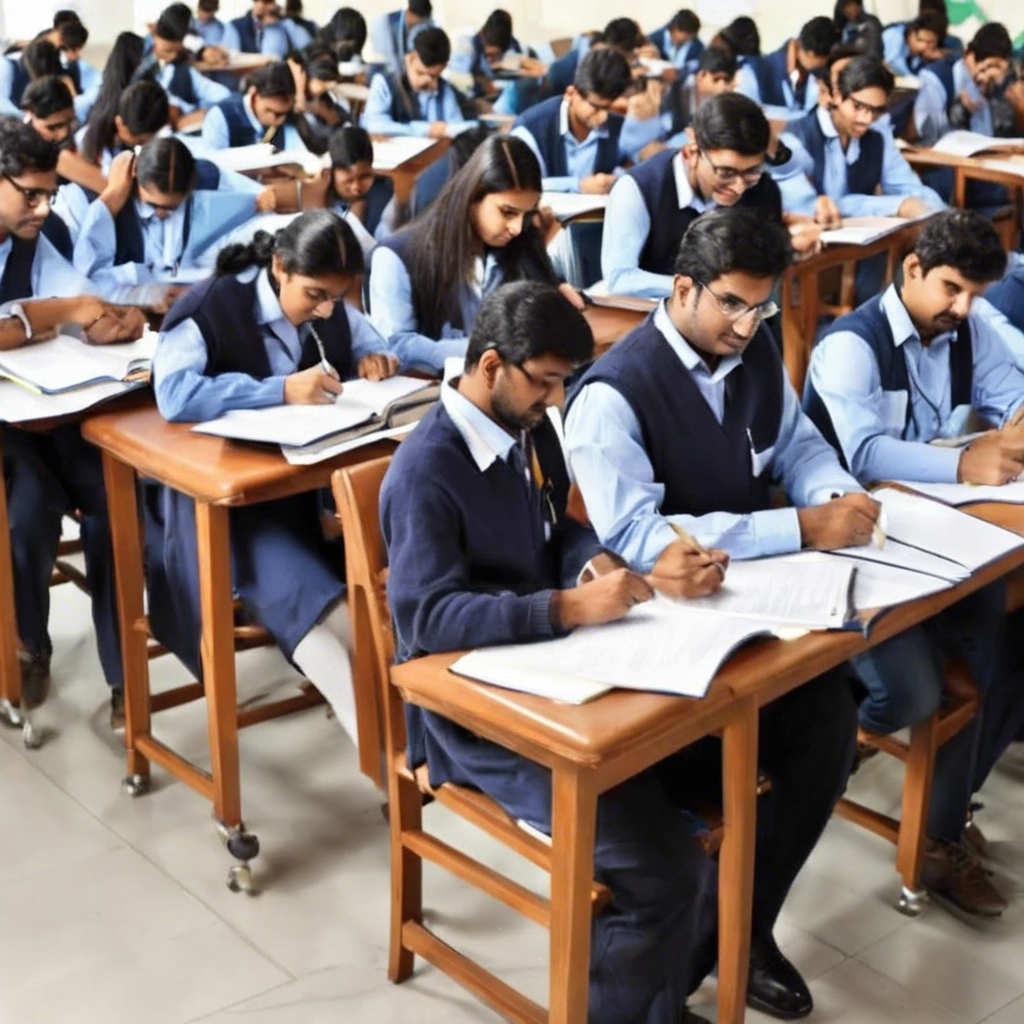The All India Council for Technical Education (AICTE) plans to remove the cap on seats for individual branches in engineering colleges, potentially impacting mid-tier institutions.
In a significant development for the Indian education system, the All India Council for Technical Education (AICTE) has proposed to remove the cap on seats for individual branches in engineering colleges from the academic year 2024-25. This move, in line with the National Education Policy (NEP) 2020, aims to enhance the Gross Enrolment Ratio and meet the growing demand for engineering education. While top engineering colleges welcome the proposal, concerns have been raised about the potential impact on mid-tier institutions that provide quality education.
The rationale behind the seat cap and its impact on engineering colleges
The current seat cap of 240 per branch was introduced to address the mismatch between the demand and supply of engineering seats. However, with the implementation of the NEP 2020 and the nation’s proactive initiatives to increase student enrollment, the AICTE proposes to remove this upper limit. This decision is contingent upon the availability of infrastructure and faculty positions in each institution. Expert committees will conduct inspections to assess these factors before granting approval for an increase in intake.
Benefits for top engineering colleges and concerns for mid-tier institutions
Top engineering colleges view the proposal as an opportunity to expand their campuses and increase their intake of students. This move could potentially enhance the quality of education and align Indian institutions with their counterparts in the United States, where average student enrollments range from 30,000 to 40,000. However, there are concerns that this change may widen the gap between top-tier and mid-tier institutions, compromising the quality of education in the latter. Admissions may decline in mid-tier colleges, making it challenging for them to maintain the same level of education and infrastructure.
Perspectives from industry experts and university officials
Abhay Meganathan, Vice-Chairman of the Rajalakshmi Group of Institutions, believes that colleges providing quality education will benefit from the increased intake and expansion of campuses. He emphasizes that this move has the potential to improve the overall quality of engineering education in India. On the other hand, B Chidambararajan, Director of SRM Valliammai Engineering College, expresses concerns about the impact on mid-tier institutions. He suggests that the quality of education may suffer if these colleges are unable to maintain their standards due to a decline in admissions.
Anna University Vice-Chancellor R Velraj sees the removal of the seat cap as a step towards phasing out sub-par engineering colleges. With Tamil Nadu currently having a sanctioned strength of 2.6 lakh seats in 440 engineering colleges, this move could lead to a more streamlined and competitive landscape for engineering education in the state.
Conclusion:
The AICTE’s proposal to remove the seat cap for individual branches in engineering colleges from 2024-25 has sparked both optimism and concern within the education sector. While top engineering colleges anticipate expansion and improved quality of education, mid-tier institutions fear a decline in admissions and potential challenges in maintaining their standards. As the education landscape evolves, it is crucial to strike a balance between increasing student enrollment and ensuring the delivery of quality education across all tiers of engineering colleges.











